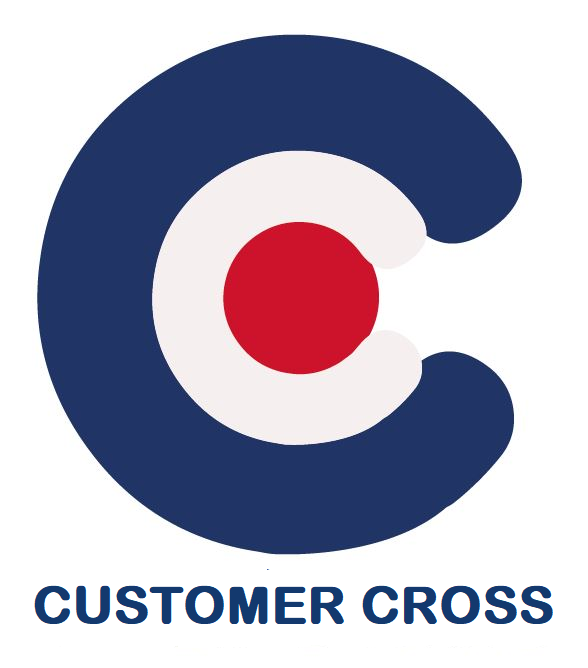Digital Customer Success is one of the emerging trends in the SaaS and recurring revenue landscape. With it comes a renewed interest in customer segmentation. Customer segmentation has been used for decades in sales and marketing but in the relatively young discipline of customer success it has always been a more complex relationship. Segmentation, when correctly applied helps you to reach the success you are looking for. However, when handled wrongly it is a deadly poison for your customer success. Just like tetrodotoxin in a pufferfish.
There are many reasons why segmenting your customers into cohorts makes perfect sense for a customer success manager or leader. It helps you to track and compare the results of your actions for the different customer segments, it lets you scale easier and you no longer have a one size fits all approach. So, why is it, when segmentation helps pave the way to first-in-class customer success, companies have a hard time putting it in place? And why is it that, when wrongly handled it becomes counterproductive?
The most common reasons why companies do not use segmentation in customer success are missing insights on what segmentation dimension(s) to use and the lack of (quality) data. The latter is a rather worrying but valid reason not to start your segmentation journey: no engine runs without fuel. However, you should urgently sort out your data mess. Missing insights on how to implement segmentation is a far trickier one. By fear of missing out, people start using just anything as a dimension to have a customer success segmentation in place. I have seen all kinds of dimensions or combinations of dimensions being used: product, language, region, industry vertical, customer size, contract value, annual recurring revenue. Or even better: customer success copies the segmentation used by sales & marketing. Once the dimension(s) set, customers are put in an A-B-C, bronze-silver-gold or low touch-high touch segment and the automated playbooks can be launched. Easy, comprehensive and fast.
And this is where the poison comes in.
Do we really believe there is a link between the next best onboarding action and the customer’s size or region? Do we think there is a correlation between how a client is using our product or the help one needs and the ARR of the client? Of course we don’t. And if you do, data tells us your thinking is wrong. With a segmentation that makes little or no sense, we then send out e-mails or push messages that make even less sense. We all witnessed first-hand those automated onboarding emails that are completely disconnected from reality and that are more of an irritation than any help. Customer experience drops, clients are less likely to reach measurable results and churn goes up. The poison is in, your customer success is dead.
Just like the Japanese master chef prepares the pufferfish with all the knowledge it takes, you should only segmentate in the correct way. Ideally, you combine two or more metrics that do correlate with the goals you want to achieve. A good start is to combine the client maturity with the achieved client outcomes so far and translate this into a number of segments. This means that your segments will change constantly and so will the way you touch your customer and how you track and compare results. Try to have a limited variability within one cohort. The higher the variability, the less the cohort makes sense. In a next phase you can take your segmentation to the user level using in-product or service data and ultimately, you will bring a fully personalized experience with a consolidated tracking on client level. Now, before you start thinking this is too complicated or you don’t have the tech stack it takes to do this, know that a simple excel sheet can also do the math as a start. Believe me, it works too. Of course with increasing volumes and complexity you will need more powerful solutions. But with increasing volumes, budgets usually go up too. Good luck and stay safe!

